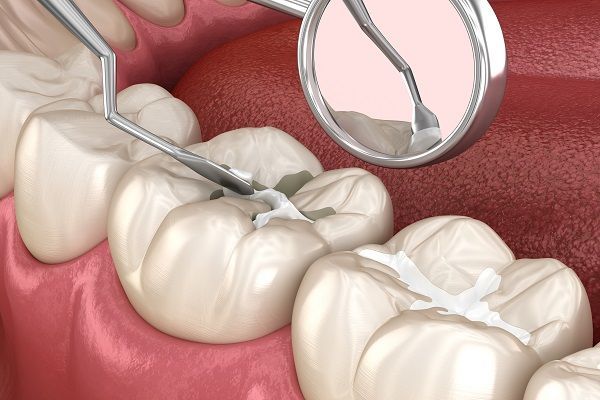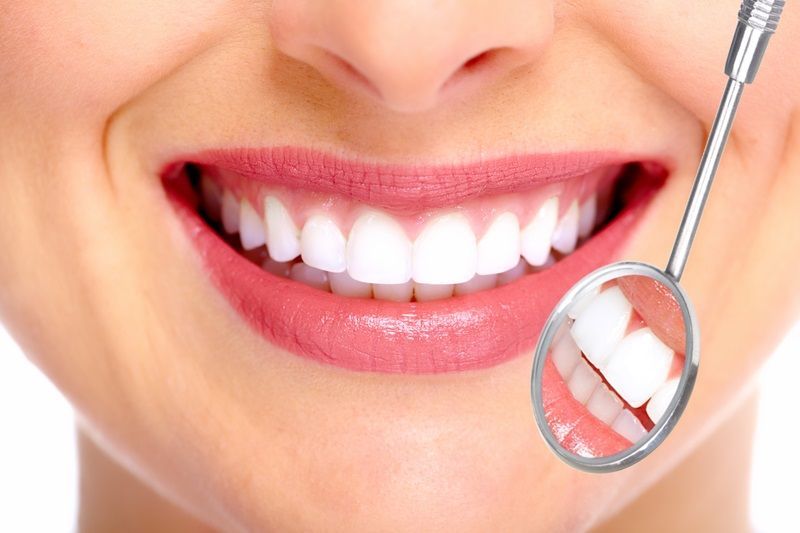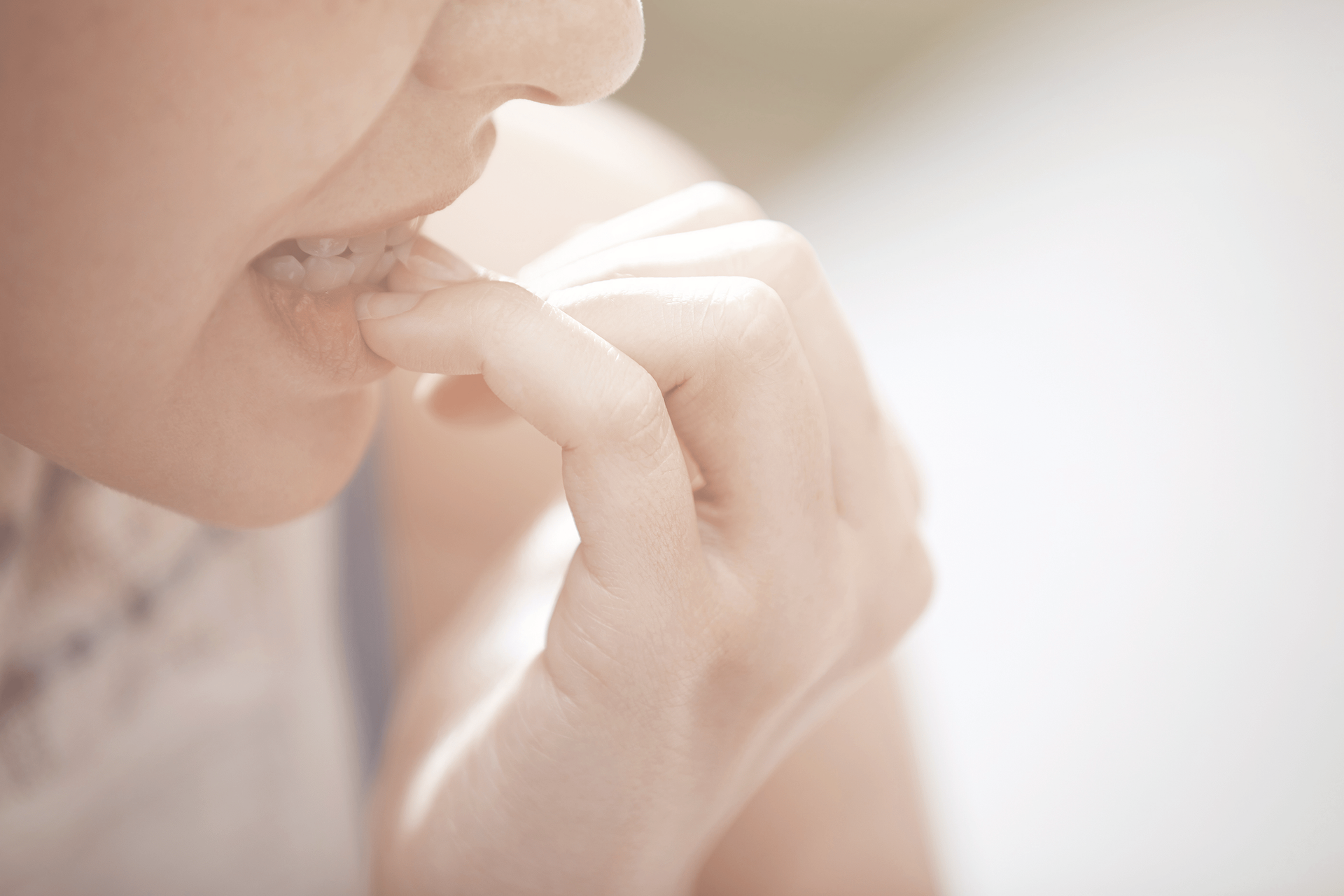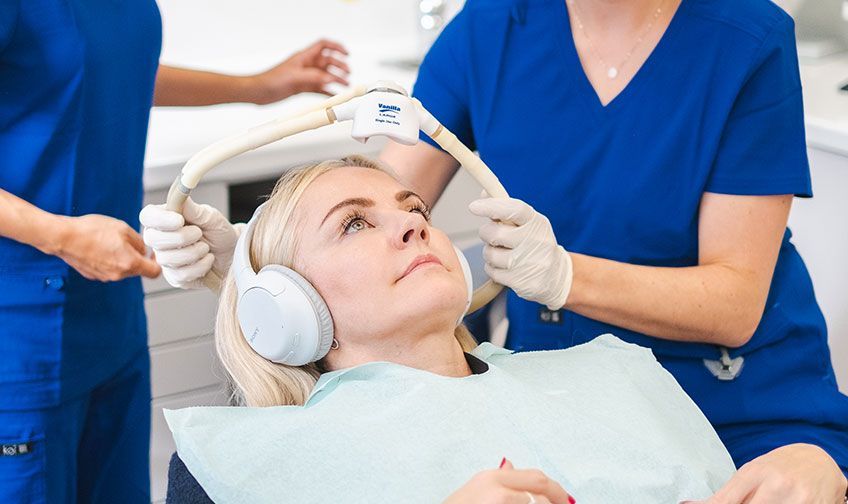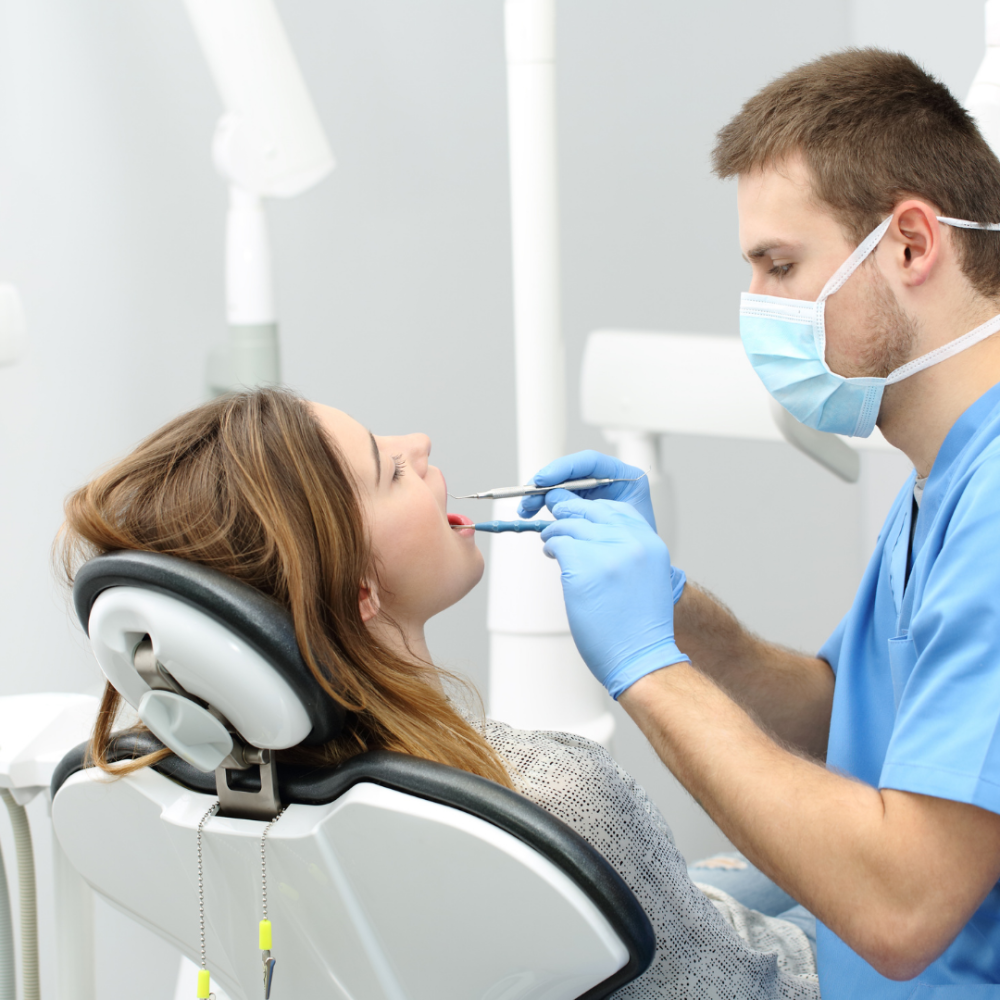Dental crowns are tooth-shaped covers that conceal the visible part of a tooth and restore its size, shape, and strength. After being cemented in place, dental crowns completely encapsulate a tooth’s visible structure up to and including the gum line.
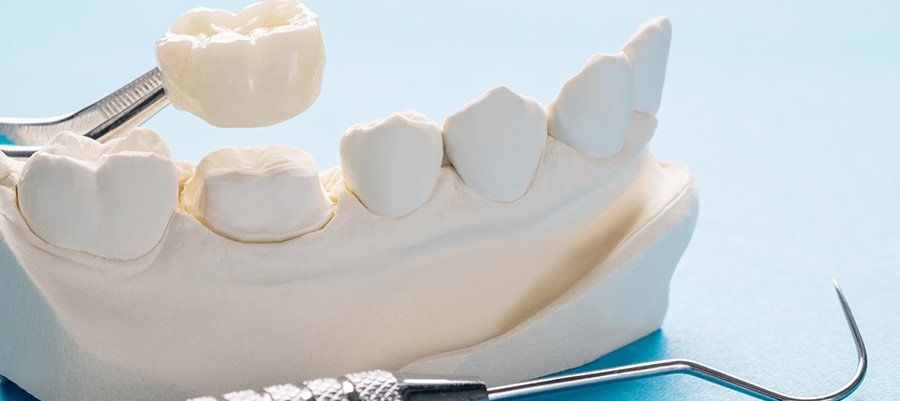
To get a tooth ready for a dental crown, you’ll need to go to the dentist at least twice. One of the initial dental appointment goals is for the dentist to examine, clean, and make an imprint on the tooth in preparation for placing a permanent cap on it. During this session, a temporary crown is normally applied to safeguard the tooth.
The temporary crown may be removed, and the permanent custom-made crown can be placed during the second appointment, which takes place after a dental laboratory has manufactured the crown.
Your First Visit
A first visit consists of examining, reshaping teeth, taking an impression, and placing a temporary crown. An X-ray of the tooth and jawbone is often done at the first dental appointment to look for symptoms of decay and other variables that might raise the risk of infection or harm the tooth’s pulp. A root canal may be required in certain individuals before a crown can be put on their tooth.
There will be some shaping required to make room for the crown, and how much shaping is required will be determined by the type of crown chosen. Because metal-based crowns are thinner, less of the tooth’s natural structure must be removed to place them. To prepare it for a crown, the dentist will file down the tooth’s crown-facing surfaces. This is also the time to take care of any dental decay that may have developed.
There may not be enough tooth structure left to place a dental implant in some individuals who have serious decay or damage to their teeth. The tooth structure may need to be built up with a filler substance in this situation before a crown can be placed.
To make a crown that fits a tooth as precisely as possible, once the tooth has been suitably molded, an imprint must be created. When the patient bites, the crown will attach to the tooth on the opposing jaw. Therefore, an imprint is typically required for that tooth as well. By doing this, you may be sure that the crown will sit comfortably on both sides of your mouth.
A paste or putty that maintains the contour of the tooth is typically used to create impressions. To copy a region, it is stretched out across the surface and then pulled away, preserving its form and the position of the pertinent teeth.
It’s critical to take note of the tooth’s natural fit and color at this stage, as these characteristics will impact the final crown design. The crown’s color would match the neighboring teeth and the tooth itself in an ideal world, making it virtually undetectable once it’s in place.
Until a permanent crown can be created and fitted, a temporary crown is placed over the tooth to protect it. The temporary crown will be removed to make a place for the permanent one during your next dental visit. Placement of a Permanent Crown on a Second Visit
While this is going on, a dental technician or laboratory will use the patient’s teeth’ imprints to create the crown’s proper shape. As a result, many dental visits are required to put on a permanent crown properly. This procedure can take up to three weeks.
It’s time for the crown to be fitted over the tooth once the dental technician or laboratory has made it for you, the crown. A temporary crown should be removed first if one has been used.
The crown must be evaluated to confirm that it matches the natural and neighboring teeth before it is cemented to guarantee that it has been fabricated correctly, fits well, and is the correct color.
During the crown-fitting operation , a local anesthetic is often used to numb the affected region. Dental cement is used to adhere the crown to the tooth. Small modifications to the crown’s form may be required, especially if the patient’s bite is problematic where the crown meets the opposing tooth.
Procedure for Placing Crowns in the Same Day
It’s possible that dental crowns can be built in-office, saving you the time and expense of having to send impressions to a dental lab. It is not necessary to make an impression of the tooth but rather to capture images of it with scanning equipment called a wand. These photos are then used to construct a 3D model of the tooth using special computer software.
A ceramic crown may be made from the digital model on the same day that the digital model is created. CAD/CAM (computer-aided design and fabrication of dental crowns) is a process that takes around 15 minutes to complete and allows the crown to be swiftly placed in the mouth.
Specializing in dental crowns
After receiving a crown from 24/7 Local Dentist Group’s team of dental specialists , your teeth will look and feel just like your natural ones. We create your crowns made with the most recent technologies available. The modern cosmetic crown has undergone a revolution because of advancements in space-age technology. New metal-free, all-zirconia crowns made using state-of-the-art materials and manufacturing procedures are so lifelike that only a dentist will be able to tell the difference.
The most durable material for dental crown restorations currently available is zirconia dental crowns. These advanced crowns also reduce heat and cold sensitivity, and allergic responses are no longer an issue.
Zirconia Crowns
24/7 Local Dentist Group features Zirconia Crowns . Because of the use of zirconium oxide in their construction, these modern crowns have the appearance and translucency of natural teeth. Crown restorations made of zirconium oxide are sturdy and long-lasting, the most durable material for dental crown restorations currently available.
